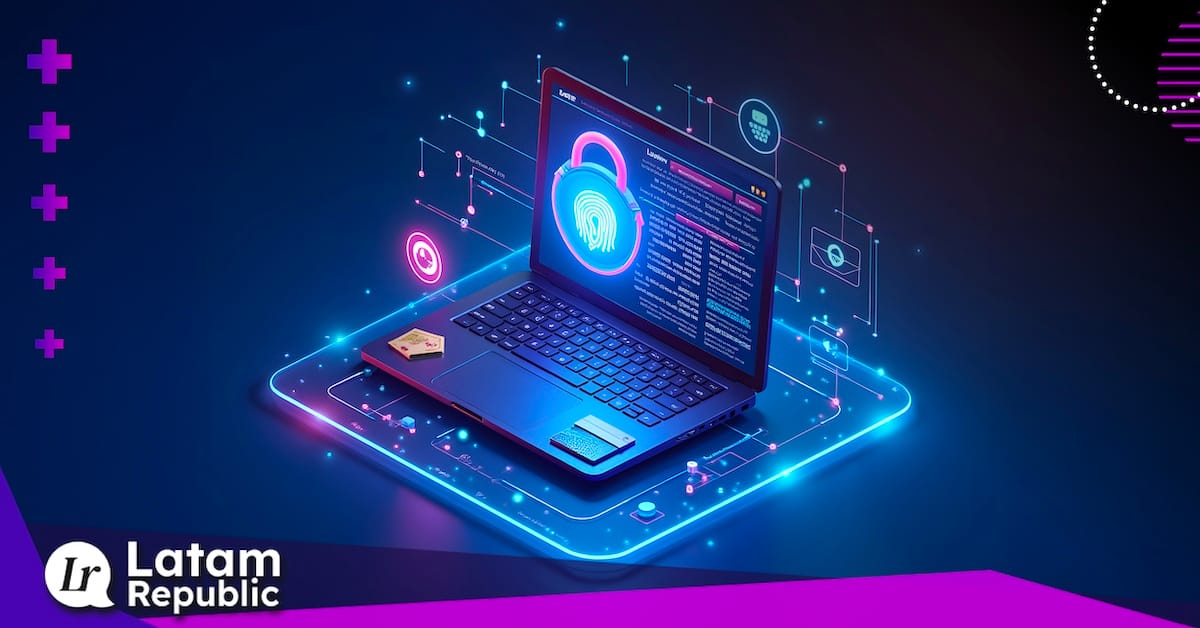AI and its application in customs security
AI is revolutionizing customs security in Latin America by enhancing fraud detection, streamlining inspections, and strengthening border control through real-time data analysis and machine learning.

The fight against illicit trade is becoming increasingly reliant on innovative technologies. In Latin America, customs security AI is gaining traction as a critical solution to reduce fiscal losses, protect legal industries, and strengthen national security. With its ability to process vast data sets and identify risk patterns, artificial intelligence is reshaping how customs agencies combat illegal commerce.
Detecting counterfeit goods and suspicious packages
AI’s core strength lies in its capacity to analyze high volumes of data in real time. This enables customs authorities to detect fraud patterns and predict high-risk behaviors. Machine learning algorithms are now being used to automatically classify goods according to the Harmonized System (HS), reducing human error and enhancing the accuracy of customs procedures.
The World Customs Organization has actively promoted the use of AI technologies to automate goods classification, which in turn facilitates the identification of counterfeit products. By integrating AI into routine inspection tasks, customs agencies can more effectively flag suspicious items and prioritize high-risk shipments for deeper scrutiny.
Continuous monitoring without human intervention
Beyond classification, AI supports 24/7 monitoring at entry points such as ports and airports. By analyzing X-ray images and other types of data, AI-powered systems can detect anomalies without relying solely on human operators. This approach not only increases efficiency but also strengthens border security.
Several countries in the region have already begun implementing these technologies. The ability to continuously assess cargo flows in real time is transforming traditional customs workflows, allowing agencies to focus human resources on complex investigations rather than routine inspections.
Implementation challenges
Despite its potential, integrating AI into customs operations comes with a series of challenges. These include:
- The need for adequate technological infrastructure.
- Training customs personnel to work with AI systems.
- Addressing ethical concerns regarding data privacy and security.
These obstacles must be managed strategically to ensure that AI enhances, rather than disrupts, the integrity of trade enforcement systems.
Recommendations for the public and private sectors
Public sector
- Invest in infrastructure: Governments must ensure the availability of compatible equipment and systems to deploy AI-based tools.
- Train personnel: Customs staff should receive specialized training to effectively use AI technologies.
- Ensure oversight: Regular audits should be implemented to verify that AI is being used appropriately and to support legal trade practices.
Private sector
- Promote operational transparency: Businesses should adopt digital tools that improve product traceability and regulatory compliance.
- Support innovation: Companies can collaborate with customs authorities to develop new technologies that enhance inspection and monitoring processes.
A collaborative path forward
The adoption of AI in customs must be accompanied by mechanisms that guarantee its proper use. Ensuring transparency and accountability is crucial to prevent misuse and maintain public trust. A coordinated effort between public institutions and private companies will be key to maximizing the benefits of AI in customs security while minimizing associated risks.
By aligning goals and sharing technological capabilities, both sectors can contribute to a more secure and efficient trade environment across Latin America.
Artificial intelligence is no longer a futuristic concept, it's a powerful tool that is already transforming customs operations across Latin America and beyond. By improving the detection of illicit goods, streamlining inspections, and enabling real-time risk assessment, AI strengthens both economic stability and national security. However, its success depends on thoughtful implementation, strong oversight, and collaboration between the public and private sectors.




